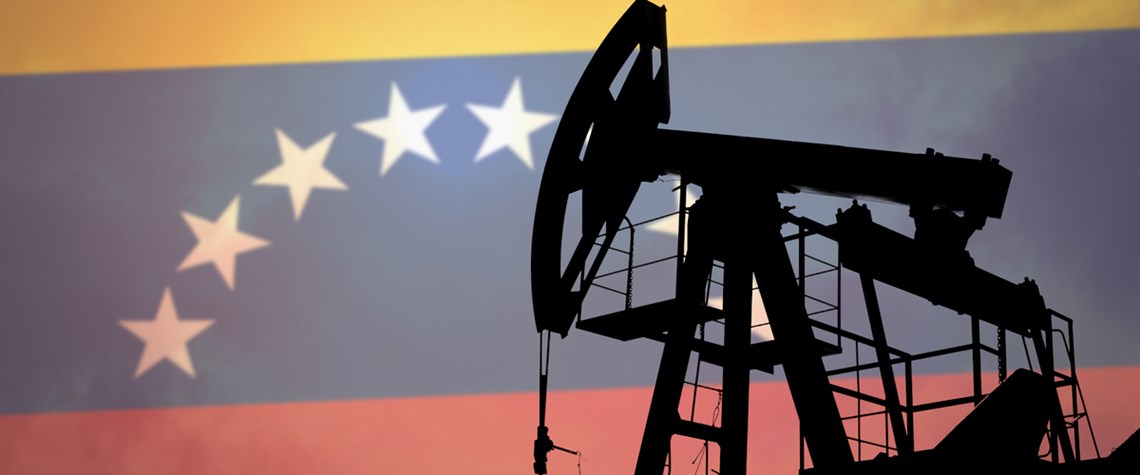It hardly seemed possible that the outlook for Venezuela could get any worse. In the last five years, GDP has contracted by more than two thirds, the economy was hit by protracted hyperinflation and more than 5mn emigrants have fled the country. What else could go wrong? It turns out plenty.
Venezuelan production fell from 1.3mn bl/d in late 2018 to less than 800,000bl/d by the end of 2019. The already negative trajectory significantly worsened following the loss of access to the US market when sanctions were imposed in early 2019.
By the beginning of 2020, it seemed that oil production had stabilised and the economy was on track to have a less awful year. But prospects deteriorated sharply in February when subsidiaries of Russian firm Rosneft, which were trading Venezuelan oil, were sanctioned by the US Treasury. As a result, they stopped trading and later Rosneft sold its Venezuelan assets to the Russian government.
During 2019, Rosneft had been marketing more than half of Venezuela’s oil. And, although the deal required hefty price discounts, it allowed Venezuelan state oil company Pdvsa to circumvent the sanctions regime and export to China and India.
From bad to worse
The departure of Rosneft and the threat of secondary sanctions to other international companies, including Italy’s Eni, Spain’s Repsol, and Indian firm Reliance, which had been swapping Venezuelan heavy oil for refined products, significantly affected Pdvsa’s capacity to sell. This forced the company to offer even steeper discounts to try to find buyers willing to take on the risk of sanctions.
It turns out that sanctions were just the start. The spread of the Covid-19 pandemic and consequent collapse of oil prices has reduced heavy crudes to less than $10/bl. With discounts, Venezuelan Merey 16 crude grade was down as low as $1/bl.
Crude exports have declined by more than 25pc since and production has fallen below 600,000bl/d. The combined price and export decline will lead to a collapse of more than 60pc in oil revenues in 2020, if the average annual price for Venezuelan oil ends up around $25/bl.
But it could be even worse. Total revenues for the whole year would be lower than $3bn if the current price environment persists and the average oil price ends up below $20. To grasp the colossal magnitude of the collapse, compare that to the near $100bn a year generated during the heyday of the price boom. In the sub-$20 scenario, the Venezuelan government would not actually receive any fiscal revenues from Pdvsa. The company’s export cashflow would be needed to cover its dollar costs and gasoline imports.
Further deterioration
Production is likely to continue its decline to less than 500,000bl/d by year’s end. If that was not enough, the oil revenue collapse, combined with the domestic recession and the reduction in remittances from the diaspora—both outcomes of the pandemic—will likely result in a GDP contraction of more than 20pc.
The country is also enduring a severe gasoline shortage, refining is at less than 10pc of capacity and swaps for heavy oil, which were helping Pdvsa to import gasoline, have become increasingly difficult. The quarantine, limiting demand, and the low international price of gasoline, might allow some respite, but the problem will not go away.
Last week the US Treasury announced that although it would renew until December a license that allows Chevron and four US service companies to remain in Venezuela, it will require them to significantly curtail their activities, largely forcing them into hibernation.
In the midst of the price collapse and Rosneft’s departure, the license renewal will have a limited additional short-term impact. But it might make a difference in the medium and long run, if prices recover and Venezuela is able to sell its oil. For now, there are so many restrictions to monetise Venezuela’s oil, that the freeze is but a drop in the ocean.
Francisco Monaldi is a fellow and director of the Latin American Energy Program, Baker Institute, Rice University








Comments